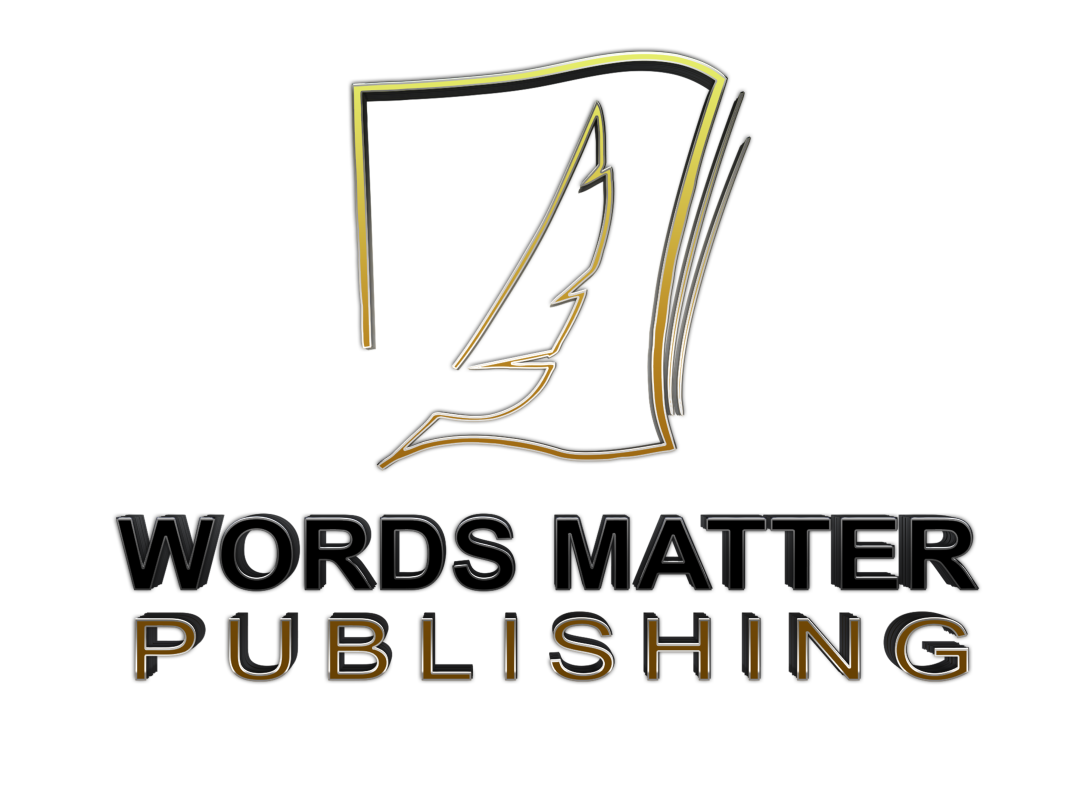Mastering the Art of Openings That Turn Browsers Into Buyers
It happens in a blink. A reader walks through a bookstore, clicks on a Kindle preview, or picks up a paperback from a friend’s shelf. They read the first few lines—and make a decision that could change everything.
They either turn the page… or they don’t.
In the fast-paced world of publishing, your first chapter is more than an introduction—it’s a pitch. It’s your one shot to convince readers, agents, and editors that your story is worth their time. So how do you craft an opening that hooks them instantly and refuses to let go?
This post breaks down the anatomy of a killer first chapter—from your opening line to your final paragraph—so you can hook hearts, minds, and maybe even a publishing deal.
Why the First Chapter Matters So Much
Readers (and industry pros) make snap decisions. Within the first page, they’re asking:
- Do I care about this character?
- Is something happening?
- Is this writing style engaging?
Agents receive hundreds of submissions every month. If your opening doesn’t grab them, they won’t keep reading. The same goes for readers who are one click away from putting your book down and moving on.
The Hook: Your Opening Line is Your First Impression
A great first line should:
- Pose a question or mystery
- Evoke an emotion
- Drop the reader into the middle of something intriguing
Examples:
- “The night I became a murderer began like any other.”
- “There were exactly six minutes left to live, and I spent them hiding behind a vending machine.”
Start where the story changes. Don’t begin with backstory. Begin with movement.
Meet the Character—Fast
Readers crave connection. Introduce your main character in a way that highlights:
- A clear desire or fear
- A strong, unique voice
- A glimpse of the conflict to come
Don’t spend pages describing scenery or secondary characters. Center your protagonist, show us how they think, and make us feel something.
Establish Tension Early
Conflict doesn’t have to mean explosions. It can be a subtle threat, an uncomfortable truth, or a ticking clock. But it must create questions:
- What’s going on here?
- What’s at stake?
- What happens next?
Tension propels the story forward—and readers with it.
Avoid These First Chapter Mistakes
❌ Info Dumps
We don’t need your character’s entire backstory, the history of your fantasy world, or three paragraphs about the weather. We need to care—and that comes through action and emotion.
❌ Starting Too Early
Don’t begin with your character waking up, brushing their teeth, or making toast. Begin with a disruption. Something has changed—and that change should echo throughout the book.
❌ Overwriting
Trying too hard to impress with flowery language can backfire. Focus on clarity, voice, and rhythm. Beautiful writing is great—but it must serve the story.
Chapter One Checklist
Before moving on, make sure your first chapter:
- Introduces your protagonist and their goal or dilemma
- Establishes tone and genre
- Hints at or launches the main conflict
- Raises compelling questions
- Shows rather than tells
- Ends with a reason to turn the page
The Last Line of Chapter One: Your Secret Weapon
Just as the opening line pulls readers in, the last line of your first chapter should catapult them into the next one. Think of it as a mini cliffhanger:
- A sudden reveal
- A line of shocking dialogue
- An internal decision
- A physical action that changes everything
Make it impossible to stop reading.
Final Thoughts: Think Like a Reader
Before you write—or revise—your first chapter, stop and think like your audience. You have one chapter to earn their trust, spark their curiosity, and invite them into a world they don’t want to leave.
So start strong. Cut ruthlessly. Lead with tension. And remember: your first chapter isn’t just the beginning—it’s your best chance to hook a lifelong fan.


